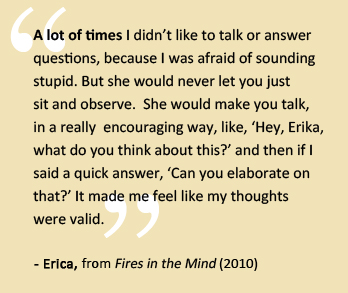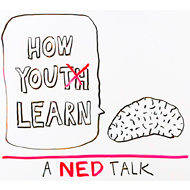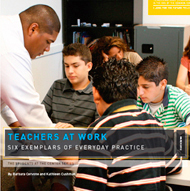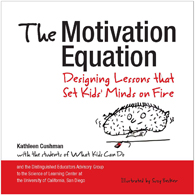
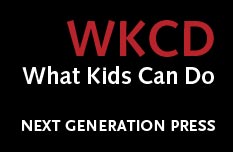
How Youth Learn: A Portfolio to Inform and Inspire Educators, Students, Parents & More
|
At WKCD, we’ve been following the research for years, becoming students of learning — and then comparing what we read with what we hear and see in our work with students and teachers. Each of the research highlights below includes a brief summary of what the experts say, along with a short video (such as a whiteboard animation, a TED Talk, an interview) that brings the topic to life. There are many ways to slice the research on how youth learn. We offer our list here, aware that all its topics necessarily — and richly — intertwine. |
CONDITIONS OF LEARNING MIND, BRAIN, AND EDUCATION THE TEENAGE BRAIN ADOLESCENT DEVELOPMENT |
MINDSETS MOTIVATION AND MASTERY SOCIAL AND EMOTIONAL LEARNING |
